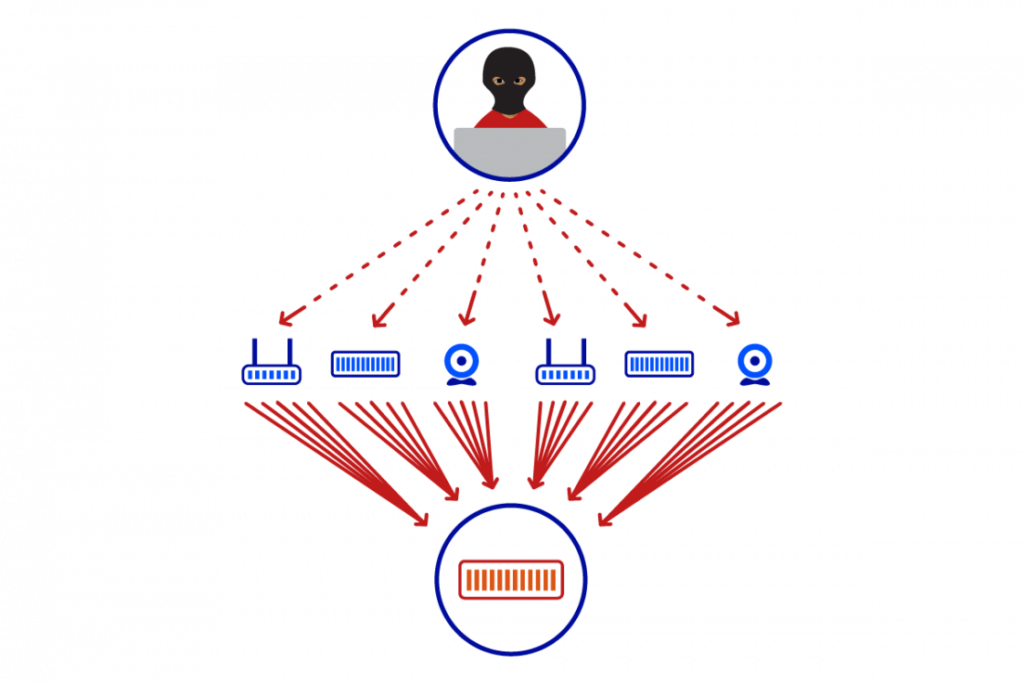Suppose that you are engrossed in the web store you love best, perhaps saving some money on something you have already wanted, when suddenly, out of nowhere, BAM! The online store comes to an agonizing halt. What is this? On the other side of the screen, that business is likely under assault-a sophisticated denial-of-service attack, to be precise. Not your basic run-of-the-mill cyber nuisances. Sophisticated DDoS attacks are elite-level cyber assaults that will slide past basic defenses and wreak havoc on a target. Fortunately, however, they indeed leave a trail. If you see it the right way, you will know before catastrophes happen. Let’s uncover the warning signs these digital predators leave behind.
1. Traffic Spikes That Don’t Add Up
We all love seeing our websites get popular. But what if the sudden surge in traffic doesn’t match the time of day, your marketing campaigns, or your business trends? That’s a red flag.
Sophisticated attackers know how to mimic real traffic. They use bots that blend in, pretending to be genuine users. But if your analytics scream “Black Friday!” on a random Tuesday morning, it’s time to investigate.
· Tip: Keep an eye on patterns. Are the visits coming from unusual locations? Do they follow a suspiciously consistent timing? If it doesn’t feel right, it probably isn’t.
2. Unusual Behavior from Regular Visitors
Let’s talk about your VIPs—those frequent visitors who shop, browse, or interact with your site regularly. Sophisticated DDoS attacks often hijack legitimate accounts or devices to mask their activity.
Imagine a regular customer suddenly pinging your servers hundreds of times per minute or trying to access areas of your site they’ve never visited before. Strange, right? These anomalies are a big clue.
3. A Little Lag-‘As if the Internet is Not Going to Work This Again
Did you ever come across a slow-loading website and think-“Ugh, my Wi-Fi must be screwing up again”? Sometimes it is not your Internet-it is the early beginnings of a DDoS attack. Sophisticated attackers will start small, testing the waters before going for the kill. You may notice slight delays, odd timeouts, or a generally sluggish response time across the site. It is definitely the calm before the storm.
What to do: Monitor your server performance closely. Even minor lags may alert you to the start of any attack so that you can stop it before it gets out of hand.
4. Weird Patterns in DNS Traffic
Then the next thing we will talk about is a little technical, but please stay with me-this is important. Your Domain Name System is the phonebook of the Internet, directing users to a particular site. Normally, sophisticated attackers will attack this layer first.
Be on the lookout for a sudden spike in DNS requests or odd patterns such as repeated queries for non-existent subdomains. This is a sign of an impending attack.
5. Unusual Outbound Traffic
DDoS attacks are not just inbound chaos-all most might associate a DDoS attack with is inward chaos. Sometimes the attackers will actually hijack your own network to be used to generate outbound traffic as a middleman in a larger attack against another.
If you suddenly notice your servers are pushing out data more than they usually do (particularly towards strange destinations), it could be reflection or amplification.
6. Consistent Probes Over Time
Sophisticated attackers don’t rush in recklessly. They probe your defenses over days or weeks, looking for weak points. These probes might show up as small, repeated access attempts at different parts of your network.
It’s like a burglar casing your house before breaking in. They want to know when the “lights are off” in your security system.
Stay Alert, Stay Protected
Sophisticated DDoS attacks are like modern-day digital heists—crafted to be subtle, sneaky, and devastating. But by recognizing the signs early, you can outsmart even the most determined attackers.
So, next time you notice a weird traffic spike or a sudden lag on your site, don’t brush it off. It could be the early whispers of an attack. And wouldn’t it feel amazing to stop it before it even begins?
